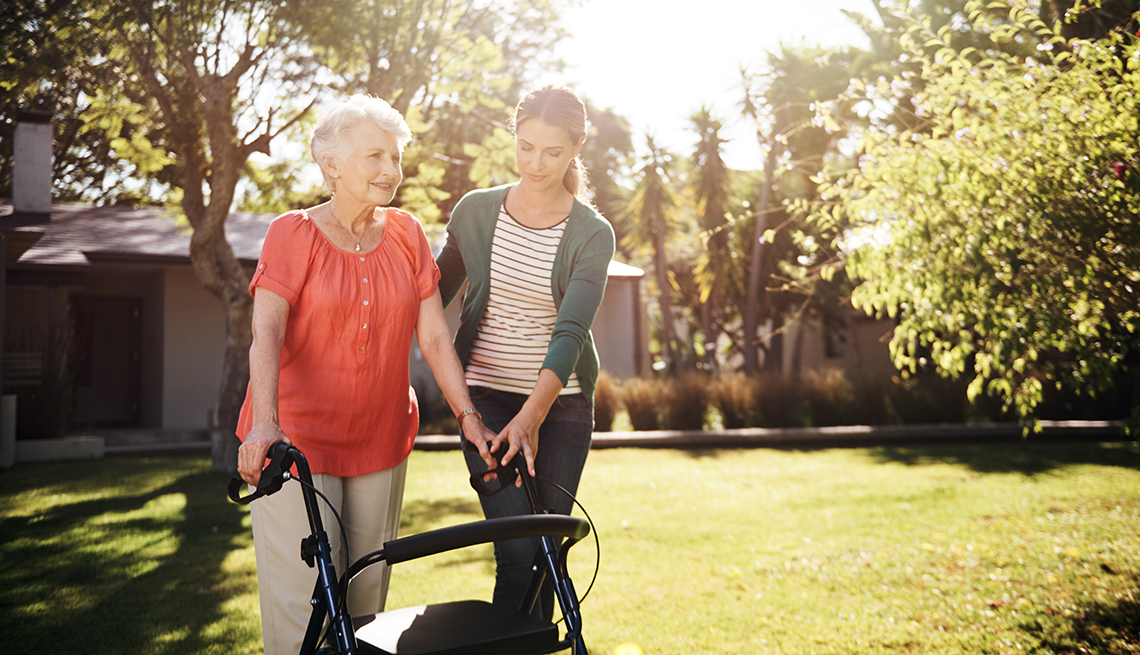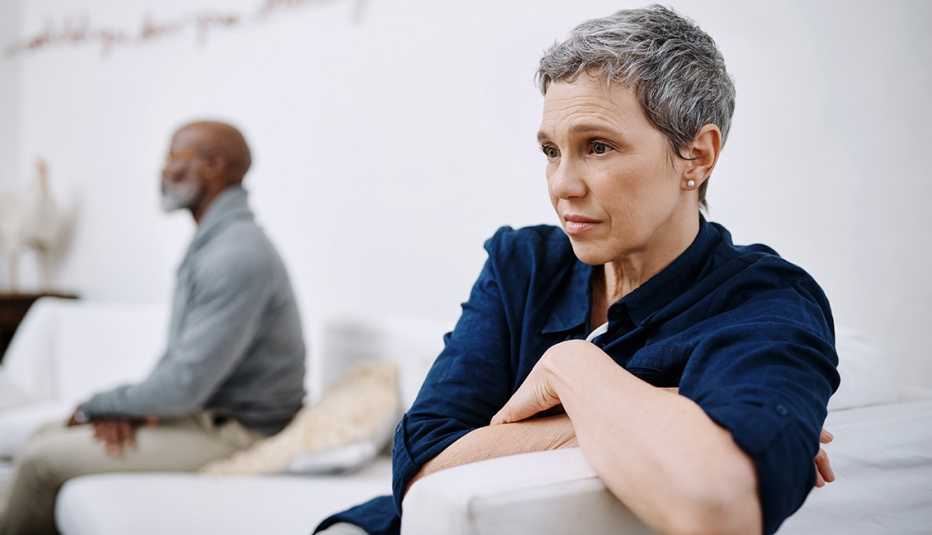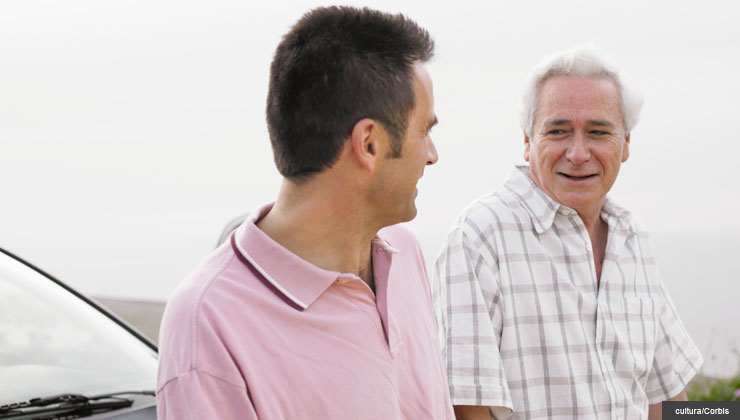Staying Fit
My mother had a complicated relationship with her walker. She grudgingly admitted that its hand grips and sturdy frame helped her walk more steadily. But using it clashed with her self-identity as still youthful and vibrant. She frequently “forgot” it as she moved around her apartment as if she were willing to lose her balance rather than lose her sense of self.
She fell once or twice a month. I caught her several times as she was reeling backwards. One day, I used my key to let myself into her apartment and found her sprawled on the living room carpet, unable to get up. Her walker was in the kitchen. She tried making a joke of it, but I was upset that she could have landed hard and been seriously hurt. I pleaded with her to use the walker. She complained I was hassling her.


AARP Membership— $12 for your first year when you sign up for Automatic Renewal
Get instant access to members-only products and hundreds of discounts, a free second membership, and a subscription to AARP the Magazine.
Thus, a line between us was drawn: I wanted to keep her safe; she wanted to maintain her dignity. I thought I was responsible for protecting her from harm. She thought her life was her responsibility. I said worrying about her affected my life. She frowned and stayed silent.
Many caregivers struggle to find the right balance between preserving their loved one's safety and dignity. Some err on the side of safety, taking over finances and chores for a parent who may not need such help. They mean well but sometimes cross boundaries of good sense and even respect. Others err on the side of dignity, offering a parent no assistance for fear of offending her. As pleasing as this approach may be to a proudly independent parent, the kids will later kick themselves if she trips down a flight of steps or has a serious car accident.
These are difficult determinations made in the face of a parent's changing condition and needs. What was once safe — for instance, operating a lawn mower or cleaning out rain gutters — may become dangerous. How can caregivers find the right balance between safety and dignity that's timely and appropriate? Here are some ideas.
Talk about change
No older adult enjoys talking about changes they may be undergoing. But change happens anyway, from diminishing senses to slowing reflexes to decreasing concentration. We adapt by getting glasses and hearing aids, driving more slowly, and double-checking that we've balanced the checkbook correctly. Adult children should talk with their parents about these changes ("Do you really want to continue living in a multilevel house where you have to climb stairs?") and offer their help as one more adaptation for their parents to accept to live as well as possible.




































































